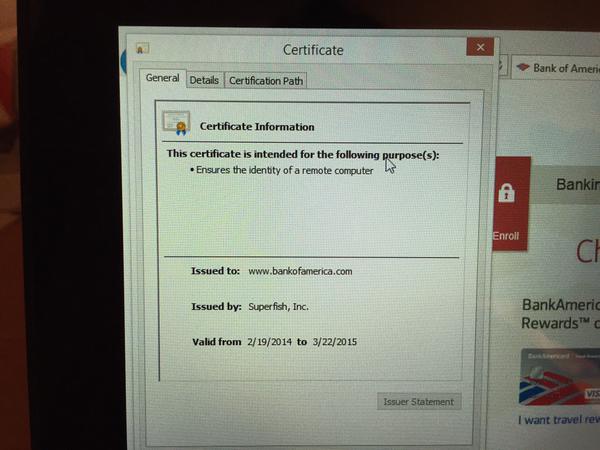Meshtastic just released an eye-watering 9.5 CVSS CVE, warning about public/private keys being re-used among devices. And I’m the one that wrote the code. Not to mention, I triaged and fixed it. And I’m part of Meshtastic Solutions, the company associated with the project. This is is the story of how we got here, and a bit of perspective.
First things first, what kind of keys are we talking about, and what does Meshtastic use them for? These are X25519 keys, used specifically for encrypting and authenticating Direct Messages (DMs), as well as optionally for authorizing remote administration actions. It is, by the way, this remote administration scenario using a compromised key, that leads to such a high CVSS rating. Before version 2.5 of Meshtastic, the only cryptography in place was simple AES-CTR encryption using shared symmetric keys, still in use for multi-user channels. The problem was that DMs were also encrypted with this channel key, and just sent with the “to” field populated. Anyone with the channel key could read the DM.
I re-worked an old pull request that generated X25519 keys on boot, using the rweather/crypto library. This sentence highlights two separate problems, that both can lead to unintentional key re-use. First, the keys are generated at first boot. I was made painfully aware that this was a weakness, when a user sent an email to the project warning us that he had purchased two devices, and they had matching keys out of the box. When the vendor had manufactured this device, they flashed Meshtastic on one device, let it boot up once, and then use a debugger to copy off a “golden image” of the flash. Then every other device in that particular manufacturing run was flashed with this golden image — containing same private key. sigh

















